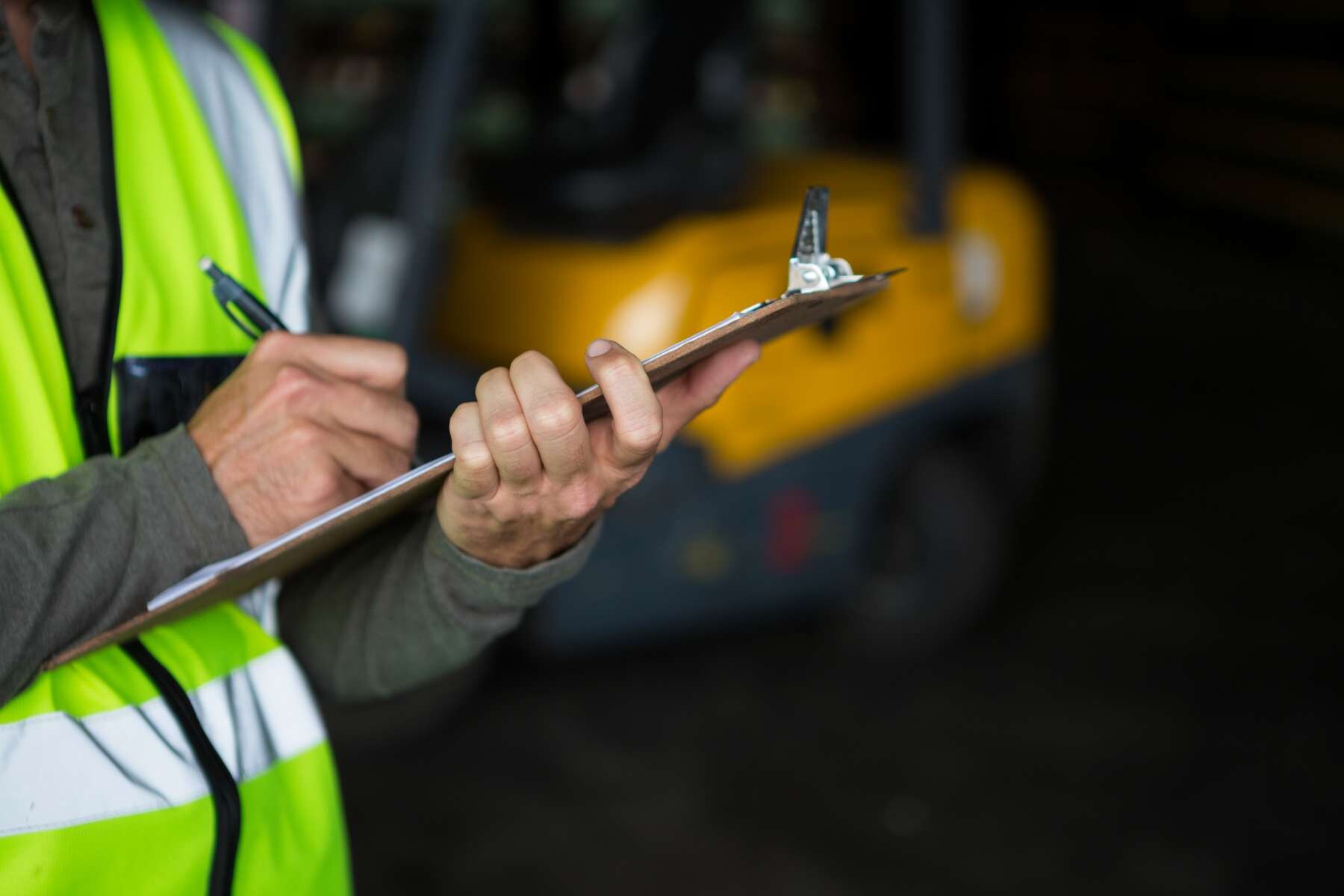ANSI & OSHA Guidelines for Boom Lifts
Stay compliant with OSHA ANSI standards for boom and scissor lifts. Explore safety requirements and reliable equipment with Man Lift USA.

Why Standards Matter
When it comes to using boom lifts, compliance with industry standards is critical for ensuring safety and operational efficiency. The American National Standards Institute (ANSI) and the Occupational Safety and Health Administration (OSHA) set the regulations that govern the safe use of boom lifts in industrial, construction, and maintenance environments.
In this guide, we’ll break down the essential ANSI and OSHA standards for boom lifts and explain how adherence can improve workplace safety and productivity.
ANSI Standards for Boom Lifts
ANSI provides detailed guidelines for aerial work platforms (AWPs), including boom lifts, through its A92 series. Updated periodically, these standards address design, manufacturing, testing, training, and operation.
Key ANSI Guidelines:
- Training Requirements:
- Operators must undergo proper training and demonstrate proficiency in using boom lifts.
- Training should include both classroom instruction and hands-on operation.
- Load and Capacity Limits:
- Boom lifts must not exceed their rated load capacity.
- Operators should account for tools, equipment, and personnel when calculating load.
- Equipment Maintenance:
- Regular inspections are required to ensure the lift is in good working condition.
- Maintenance logs must be up-to-date and available upon request.
- Platform Stability:
- Boom lifts must be used on stable surfaces.
- Outriggers, if available, should be deployed to maximize stability.
OSHA Standards for Boom Lifts
OSHA’s regulations for boom lifts fall under its broader guidelines for aerial lifts, which are covered in 29 CFR 1926.453 (construction) and 29 CFR 1910.67 (general industry).
Key OSHA Requirements:
- Fall Protection:
- Operators must wear a harness with a lanyard attached to the designated anchorage point.
- Fall protection systems must comply with OSHA’s requirements for personal protective equipment (PPE).
- Pre-Operation Inspections:
- A thorough inspection of the lift is required before each use.
- Operators should check for hydraulic leaks, damaged components, and functional controls.
- Safe Operation Practices:
- Boom lifts must not be operated in high winds or adverse weather conditions.
- Operators should avoid overhead hazards such as power lines.
- Emergency Procedures:
- Employers must establish and communicate a plan for handling emergencies, including lift malfunctions or evacuations.
Benefits of Compliance
Ensuring your team follows ANSI and OSHA standards offers multiple advantages:
- Enhanced Safety: Reduces the risk of accidents and injuries.
- Legal Compliance: Helps avoid fines, penalties, and legal issues.
- Operational Efficiency: Minimizes downtime caused by equipment failure or operator error.
- Improved Reputation: Demonstrates a commitment to safety and professionalism to clients and partners.
How Man Lift USA Can Help
At Man Lift USA, we prioritize safety and compliance. Our boom lifts are designed to meet ANSI and OSHA standards, ensuring you get reliable, high-performance equipment for your projects. Additionally, we offer operator training programs to help your team stay updated on the latest safety practices.
Ensuring compliance with safety standards is crucial for operating lifts. In addition to boom lifts, it’s important to follow best practices for using scissor lifts safely on job sites to maintain a secure working environment
Ready to enhance your workplace safety and efficiency? Contact us today to explore our boom lift options and training services!